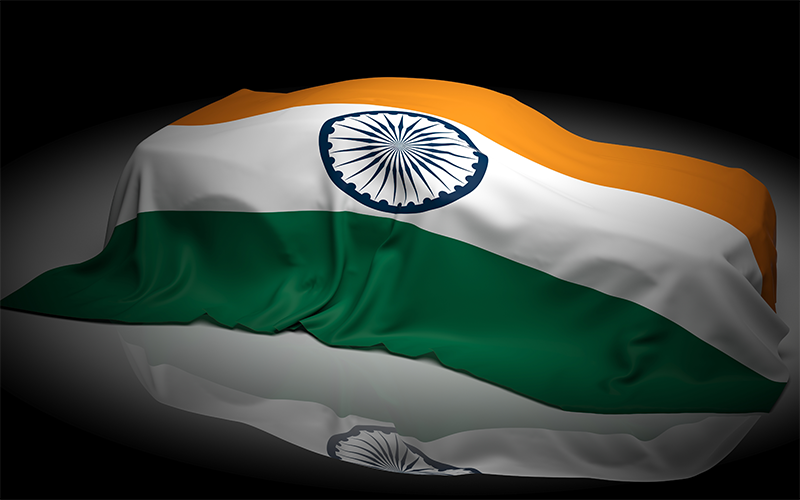September 7,2023
India, known for its road congestion and pollution, is currently undergoing a major shift towards electric vehicles (EVs). Among them, electric three-wheelers are becoming increasingly popular due to their versatility and affordability. Let’s take a closer look at the development status and trends of electric three-wheelers in India.
In recent years, the development of electric three-wheelers in India has been on the rise. In line with the government’s goal of boosting EV adoption, several manufacturers have started focusing on producing electric three-wheelers as an alternative to traditional fossil fuel-powered three-wheelers. The shift is seen as a way to reduce air pollution and carbon emissions while promoting sustainable transport.
One of the key factors driving the popularity of electric three-wheelers is the lower operating costs compared to traditional three-wheelers. These vehicles offer significant savings on fuel expenditure and maintenance costs are also significantly reduced. Additionally, electric three-wheelers are eligible for government subsidies and incentives, further reducing the total cost of ownership.
Another trend emerging in the electric three-wheeler market is the integration of advanced features and technologies. Manufacturers are equipping these vehicles with lithium-ion batteries and powerful electric motors to improve performance and efficiency. In addition, features such as regenerative braking, GPS and remote monitoring systems have been incorporated to improve the overall user experience.
The demand for e-rickshaws is not limited to urban areas and is gaining popularity in rural areas as well. These vehicles are ideal for last mile connections in small towns and villages, freight transport and passenger transport. In addition, the availability of EV charging infrastructure is expanding rapidly, making it easier for e-rickshaw owners to charge their vehicles.
To further accelerate the development and adoption of electric three-wheelers in India, the government is taking various measures. This includes incentivizing manufacturers, subsidizing battery manufacturing and building a robust EV charging infrastructure across the country. These initiatives are expected to create a positive ecosystem for e-rickshaws, leading to increased adoption of e-rickshaws and a cleaner and greener transportation environment.
In conclusion, the development of electric three-wheelers in India is growing significantly, driven by the demand for sustainable transportation and government initiatives. With low operating costs, advanced features and expanding charging infrastructure, electric three-wheelers are becoming an attractive option in both urban and rural areas. With more manufacturers entering the market and increasing government support, electric three-wheelers will play a vital role in transforming India’s transportation sector.
Post time: Sep-07-2023








